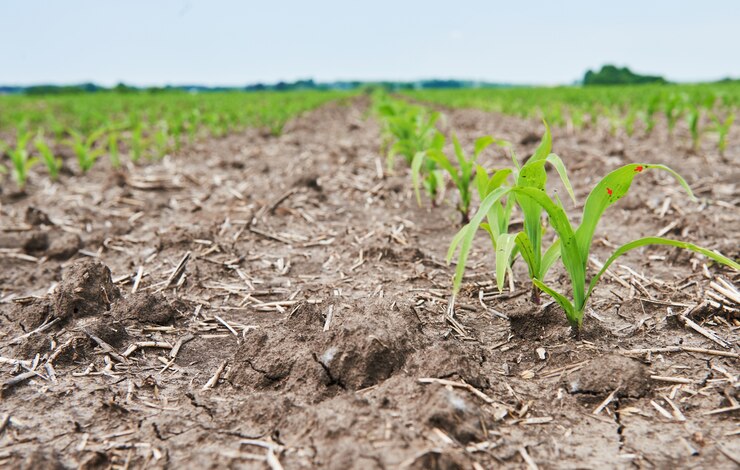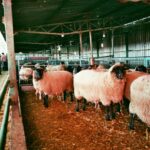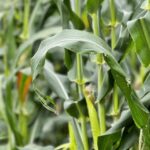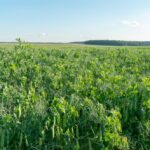Agriculture is entering a new era of innovation, and one of the most groundbreaking advancements is CRISPR gene-editing technology. In the United States, CRISPR is revolutionizing farming by creating crops that are more resistant to pests, diseases, and climate change. As South Africa looks for ways to boost food security and sustainability, adopting lessons from the US could help local farmers thrive in a challenging agricultural environment.
What Is CRISPR and How Does It Work?
CRISPR (Clustered Regularly Interspaced Short Palindromic Repeats) is a genetic engineering tool that allows scientists to precisely modify DNA. Unlike traditional genetic modification (GMOs), which often involves inserting genes from other organisms, CRISPR can make small, targeted changes within a plant or animal’s own genetic code. This makes it a faster, cheaper, and more precise method of improving crops and livestock.
How the US Is Using CRISPR in Agriculture
The United States has embraced CRISPR as a way to enhance agricultural productivity while reducing reliance on chemical pesticides and fertilizers. Some key applications include:
- Disease-Resistant Crops: CRISPR is used to develop crops like wheat and tomatoes that are resistant to fungi and viruses, reducing the need for harmful pesticides.
- Drought-Tolerant Plants: Scientists have edited genes in crops like corn and soybeans to make them more resilient to drought, ensuring stable yields even in harsh weather.
- Faster-Growing Livestock: Gene editing is being explored to create disease-resistant and fast-growing animals, such as pigs with natural immunity to viruses.
- Longer Shelf-Life Produce: CRISPR-edited mushrooms that resist browning have already been approved, reducing food waste and improving storage efficiency.
What South Africa Can Learn
South Africa faces numerous agricultural challenges, including drought, soil degradation, and food security concerns. CRISPR technology presents an opportunity to address these issues in ways that are both sustainable and cost-effective. Some key takeaways from the US experience include:
- Investing in Research and Development – The US has invested heavily in CRISPR research, leading to rapid advancements. South Africa’s scientific community can benefit from increased funding and collaboration with international researchers.
- Developing Climate-Resilient Crops – With drought being a major challenge in SA, gene editing could help produce crops that require less water while maintaining high yields.
- Streamlining Regulations – The US has taken a relatively flexible approach to regulating CRISPR-edited crops. If South Africa adopts clear and efficient policies, it could encourage innovation while ensuring safety.
- Enhancing Food Security – By reducing crop losses from pests and diseases, CRISPR can help ensure a stable food supply, benefiting both commercial and small-scale farmers.
Challenges and Ethical Considerations
Despite its promise, CRISPR faces hurdles, including ethical concerns, regulatory uncertainties, and public skepticism. Critics worry about unintended consequences of gene editing and its potential impact on biodiversity. To gain public trust, South Africa must prioritize transparency, education, and responsible use of the technology.
CRISPR gene editing is transforming US agriculture, making it more efficient and resilient. South Africa has much to learn from this progress, and by embracing gene-editing technology, the country could enhance food security, combat climate change, and ensure a more sustainable agricultural future. With the right investments, policies, and education, CRISPR could be a game-changer for South African farming.
Join 'Farmers Mag' WhatsApp Channel
Get the latest Farming news and tips delivered straight to your WhatsApp
CLICK HERE TO JOIN






